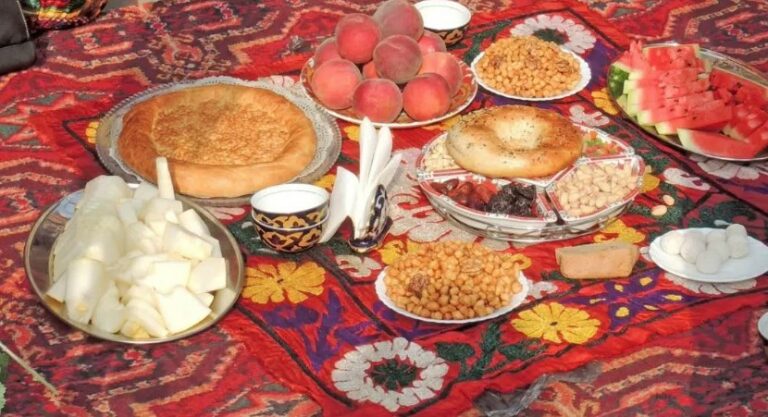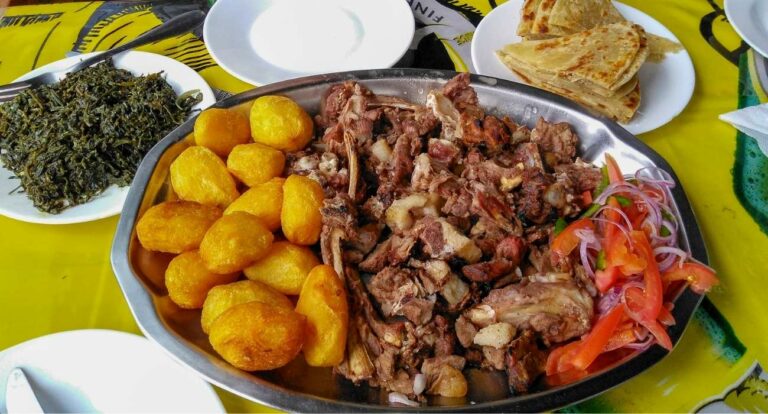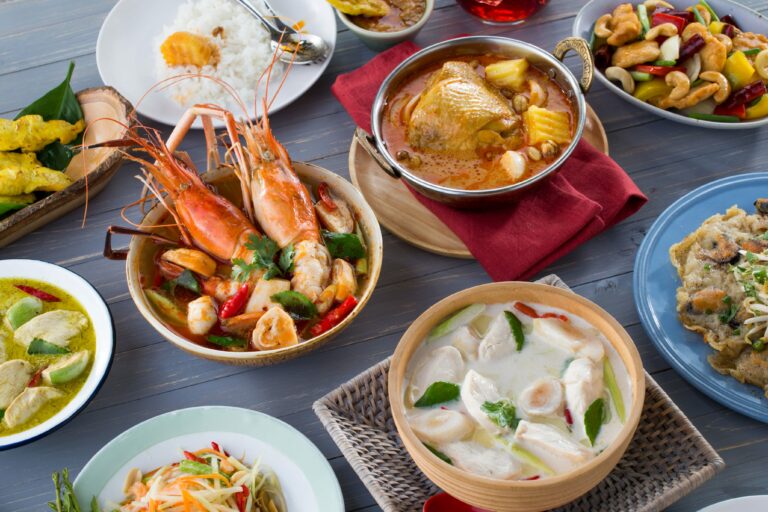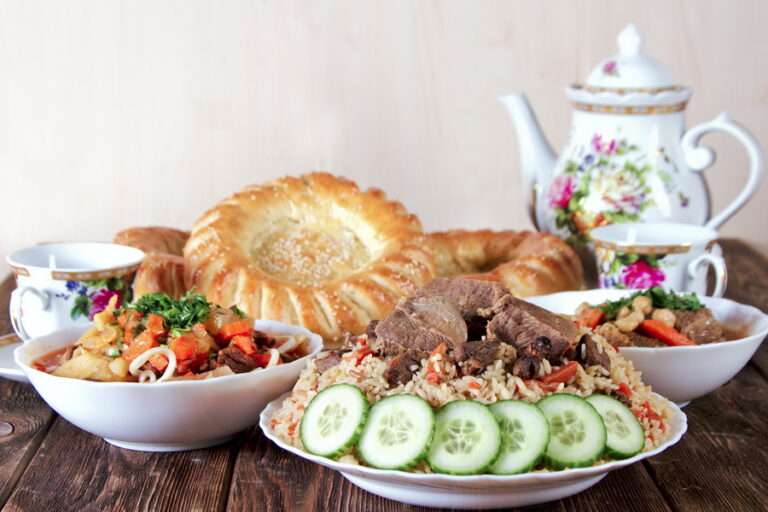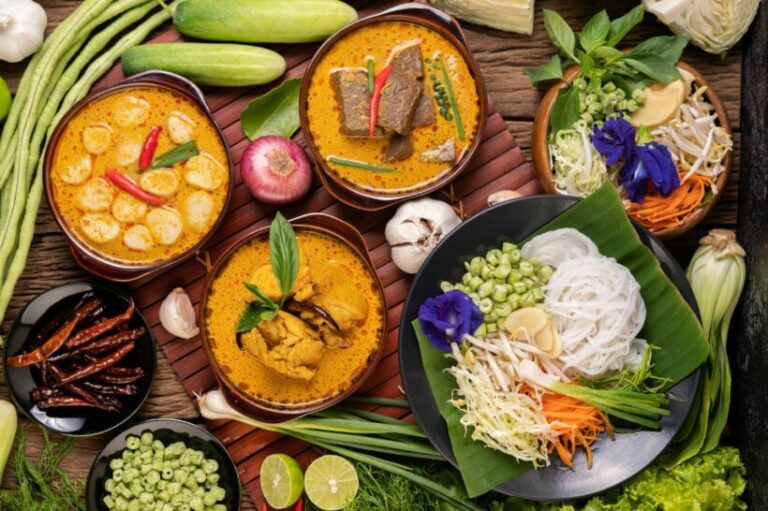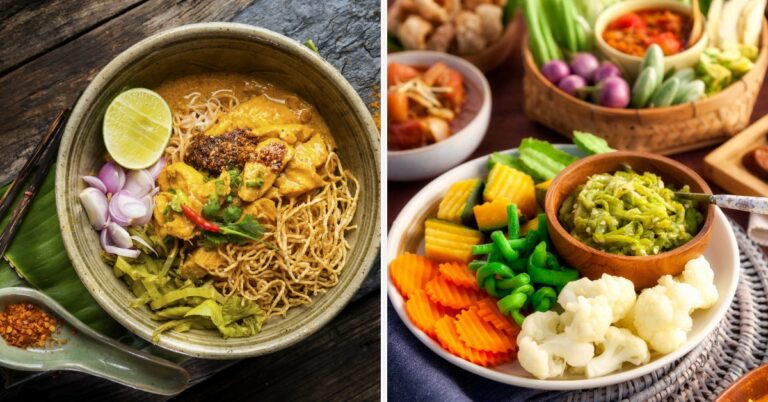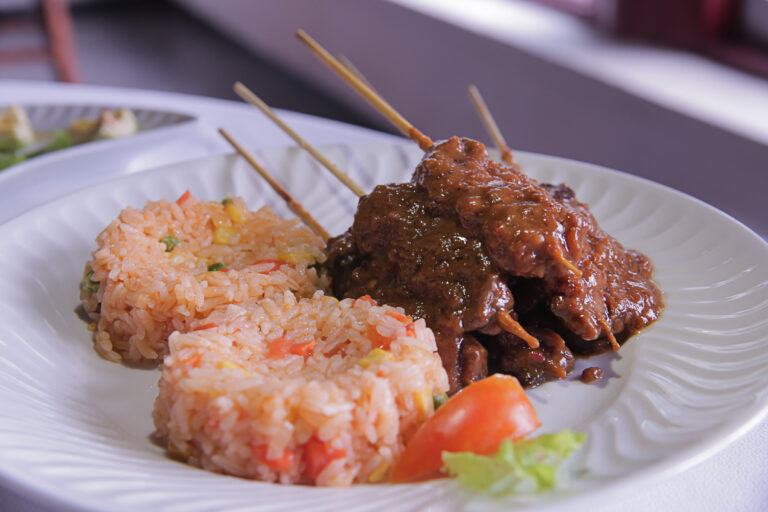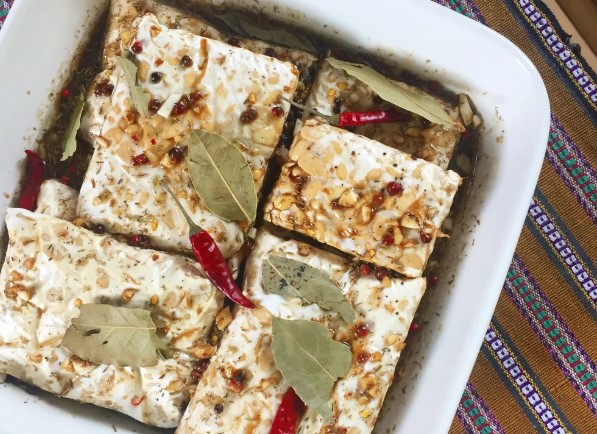Introduction: Tajik Cuisine
Tajik cuisine is a delightful mix of Middle Eastern, Mediterranean, and Central Asian flavors. Located in the heart of Central Asia, Tajikistan has a rich culinary heritage that reflects its history, geography, and culture. The country’s cuisine is based on natural, simple, and nutritious ingredients that are readily available in the region. Tajik cuisine is also influenced by the Persian, Arabic, Turkish, and Russian culinary traditions, creating a distinctive blend of flavors and aromas.
The Influence of Central Asian Cuisine
Central Asian cuisine is known for its hearty dishes and bold flavors. The region’s harsh climate and nomadic lifestyle have shaped its cuisine, which relies on meat, grains, vegetables, and dairy products. Tajik cuisine shares many similarities with the cuisines of its neighboring countries, such as Uzbekistan, Kazakhstan, and Kyrgyzstan. The use of spices, herbs, and sour cream is common in Central Asian cuisine, and Tajikistan is no exception. However, Tajik cuisine also has its unique dishes that reflect the country’s culture and traditions.
Traditional Tajik Dishes
Traditional Tajik dishes include plov (pilaf), shurbo (soup), mantu (steamed dumplings), sambusa (triangular pastry), and qurutob (bread salad). Plov is a rice dish that is typically made with lamb, carrots, onions, and spices. Shurbo is a hearty soup that contains meat, vegetables, and legumes. Mantu is a popular snack that is filled with minced lamb or beef, onion, and spices. Sambusa is a savory pastry that is filled with meat, onions, and potatoes. Qurutob is a unique dish that consists of bread, meat, onions, tomatoes, and sour cream.
Unique Tajik Dishes
Apart from the traditional Tajik dishes, there are some unique dishes that are only found in Tajikistan. One of them is shakarbura, a sweet pastry that is filled with sugar, nuts, and butter. Another unique dish is garmak, which is a hearty soup made with meat, potatoes, onions, spices, and yogurt. Another notable dish is oshpalov, which is a rice dish that is made with meat, carrots, raisins, and apricots. These dishes reflect the country’s rich culinary heritage and are a must-try for anyone visiting Tajikistan.
Exploring the Flavors of Tajikistan
Exploring the flavors of Tajikistan is a culinary adventure that cannot be missed. The country’s unique dishes, vibrant spices, and fresh ingredients offer a sensory experience that is unparalleled. From savory dishes to sweet treats, Tajik cuisine has something for everyone. Whether you are a meat-lover or a vegetarian, you will find plenty of options to satisfy your taste buds.
Conclusion: The Richness of Tajik Cuisine
In conclusion, Tajik cuisine is a delicious blend of Central Asian, Middle Eastern, and Mediterranean flavors. The country’s culinary heritage is influenced by its history, geography, and culture, creating a unique gastronomic experience. While Tajikistan shares many similarities with its neighboring countries, it also has its distinct dishes that reflect its traditions and customs. Exploring the flavors of Tajikistan is a culinary journey that is worth taking for anyone who loves food.

